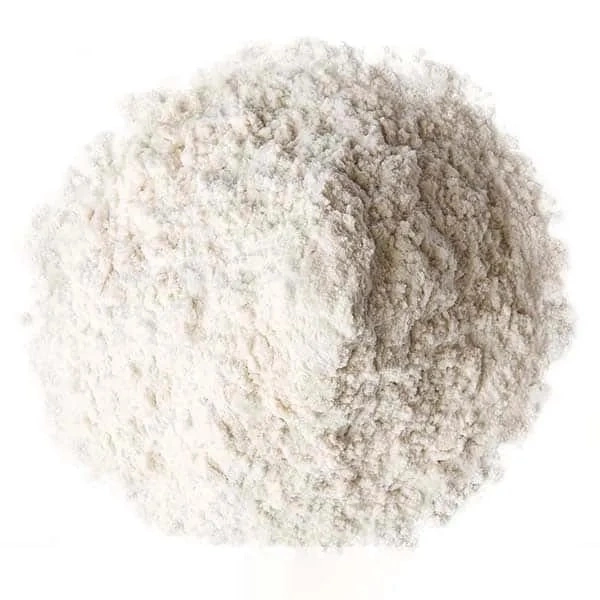The Food Safety Centre (Center) of the Hong Kong Department of Food and Environmental Hygiene Department announced the first report of the second total dietary study in Hong Kong on December 20. This report studies the sulfite content and related dietary intake in food. The results show that the daily dietary sulfite intake of Hong Kong citizens is far lower than the daily intake, and there is little chance of having an impact on their health.
The second total dietary study in Hong Kong is to evaluate the amount of some potentially risky substances consumed by Hong Kong citizens and different population groups from dietary intake, thereby assessing the health risks posed by these substances. The entire study began in February 2023 and collected over 2,200 food samples, covering more than 180 food species. After the food samples were processed into edible state, they were combined into more than 370 mixed samples for laboratory analysis to detect chemical substances in multiple groups, including food additives, metal contaminants, mycotoxins, persistent organic pollutants, pesticide residues, and contaminants produced by processing.
The sulfites (including sulfur dioxide) referred to in this report are a group of food additives with multiple functions, especially as preservatives and antioxidants, and have a long history of application in food production.
A spokesperson for the center said: "The available evidence shows that sulfites have low acute toxicity. However, long-term excessive intake of sulfite in experimental animals can cause stomach irritation and affect the central nervous system. People with allergic reactions to sulfites may cause bronchial contraction or other adverse reactions after intake."
According to the health reference value set by the Joint Expert Committee on Food and Agriculture Organization of the United Nations/WHO Food Additives, the daily intake of sulfite is 0 to 0.7 mg per kilogram of body weight.
This study tested the sulfite content of 185 foods, of which only 17 (about nine percent) were detected. Dried fruits have the highest average sulfite concentration ( 240 mg per kg), followed by mushrooms, red and white wine and pickled vegetables, with an average concentration of 20 to 30 mg per kg . As for the other foods with sulfite detection, the average concentration is 10 mg per kilogram or less.
According to the research results, adults with average intake of sulfites daily intake are 0.010 to 0.037 mg per kilogram of body weight, while adults with high intake are 0.021 to 0.055 mg per kilogram of body weight, accounting for one-5 to 5.3% and three to seven.9% of the daily intake of sulfite. For those aged six to 17 , the intake is generally 0.012 to 0.051 mg per kilogram per day, and the intake is 0.028 to 0.078 mg per kilogram, accounting for one-to-eight to seven-three percent of the daily intake, and three-to-nine to 11 percent of the daily intake .
The spokesperson reminded citizens to maintain a balanced diet and avoid excessive sulfite intake due to partial consumption of certain types of foods. When purchasing pre-packaged food, citizens can know from the food label whether the food contains sulfites. People who have allergic reactions to sulfite should refer to the food label in detail to avoid eating related foods.
The entire second total dietary study in Hong Kong began in February last year and is expected to be completed by the end of 2026. The research report meeting on other chemical groups will be released in installments and uploaded to the center's website
www.cfs.gov.hk.